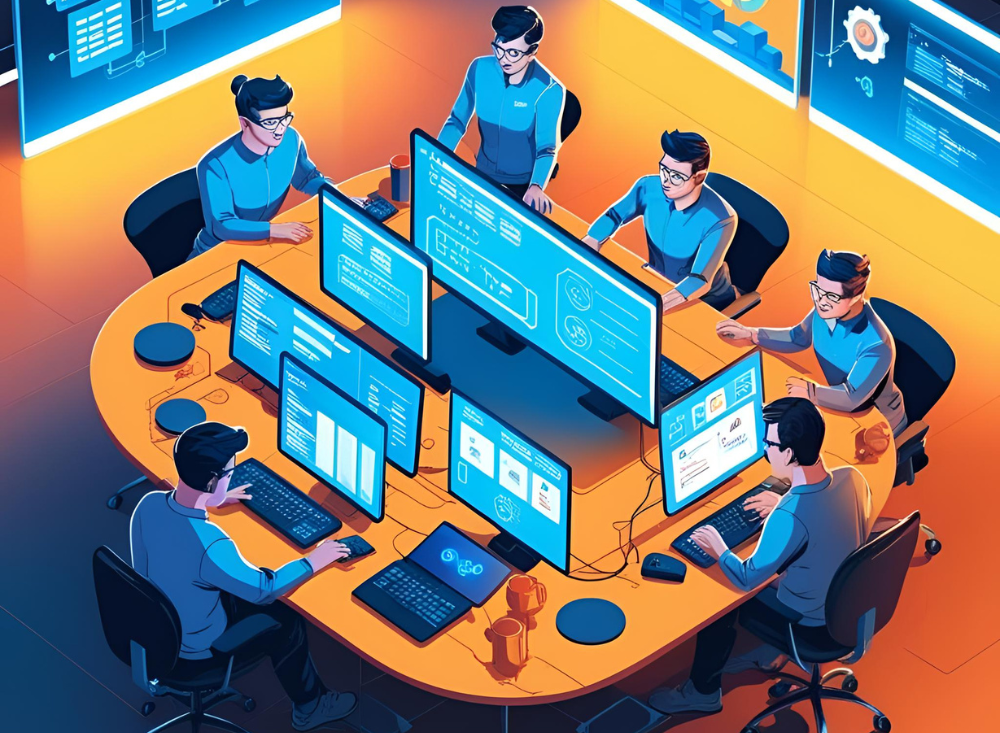
In 2025, the landscape of DevOps is undergoing a significant transformation, with testing emerging as a central pillar in the software development lifecycle. The integration of artificial intelligence (AI), the balance between manual and automated testing, and the emphasis on security and compliance are reshaping how organizations approach software quality. Platforms like GenQE.ai are at the forefront of this evolution, offering innovative solutions to meet the demands of modern DevOps practices.
Exploring the Connection Between DevOps and Testing
DevOps, at its core, aims to bridge the gap between development and operations, fostering a culture of collaboration, continuous integration, and rapid delivery. Testing plays a crucial role in this ecosystem, ensuring that software releases are reliable, secure, and meet user expectations.
In 2025, the integration of testing into the DevOps pipeline is more seamless than ever. Continuous Testing (CT) has become a standard practice, allowing for immediate feedback on code changes and enabling teams to identify and address issues early in the development process. This shift-left approach to testing not only improves software quality but also accelerates time-to-market.
Balancing High-Impact Manual Testing with High-Value Automated Testing
While automation has revolutionized testing by increasing efficiency and coverage, manual testing remains indispensable for scenarios requiring human judgment, such as user experience evaluations and exploratory testing.
Automated Testing:
- Efficiency and Consistency: Automated tests can be executed rapidly and repeatedly, ensuring consistent results and freeing up human resources for more complex tasks.
- Continuous Integration Support: Automation is integral to CI/CD pipelines, enabling rapid feedback and facilitating agile development practices.
Manual Testing:
- Exploratory Testing: Human testers can explore the application beyond predefined test cases, uncovering issues that automated tests might miss.
- Usability and Accessibility Assessments: Evaluating the user interface and experience often requires human insight to ensure the application is intuitive and accessible to all users.
The optimal testing strategy in 2025 involves a hybrid approach, leveraging the strengths of both manual and automated testing to achieve comprehensive coverage and high-quality software releases.
AI, Software Testing, and Navigating the Long Road to DevOps Success
Artificial Intelligence is playing an increasingly pivotal role in enhancing software testing within the DevOps framework. Platforms like GenQE.ai are harnessing AI to automate test case generation, predict potential defects, and optimize test coverage.
AI-Driven Testing Enhancements:
- Predictive Analytics: AI algorithms analyze historical data to forecast potential problem areas in the codebase, allowing teams to proactively address issues.
- Self-Healing Tests: AI enables the creation of tests that can adapt to changes in the application, reducing maintenance efforts and increasing resilience.
- Test Optimization: Machine learning models can identify redundant tests and suggest more efficient testing strategies, improving overall test suite effectiveness.
By integrating AI into the testing process, organizations can achieve higher efficiency, better resource utilization, and more reliable software deployments.
The Impact of Good Test Coverage
Comprehensive test coverage is essential for ensuring software reliability and user satisfaction. In 2025, the emphasis is not only on the quantity of tests but also on their quality and relevance.
Benefits of Robust Test Coverage:
- Early Defect Detection: Thorough testing uncovers issues early in the development cycle, reducing the cost and effort required for fixes.
- Enhanced User Trust: Reliable software builds user confidence, leading to increased adoption and customer loyalty.
- Regulatory Compliance: Adequate testing ensures that applications meet industry standards and legal requirements, mitigating the risk of non-compliance penalties.
Achieving optimal test coverage requires a strategic approach, combining automated and manual testing, leveraging AI insights, and continuously refining testing practices to align with evolving application landscapes.
Conclusion
The year 2025 marks a significant evolution in DevOps, with testing becoming more integrated, intelligent, and indispensable. The synergy between manual and automated testing, empowered by AI advancements from platforms like GenQE.ai, is enabling organizations to deliver high-quality software at unprecedented speeds.
As the complexity of software systems grows, so does the need for robust, efficient, and adaptive testing strategies. By embracing these trends and continuously innovating, organizations can navigate the challenges of modern software development and achieve sustained success in the DevOps era.